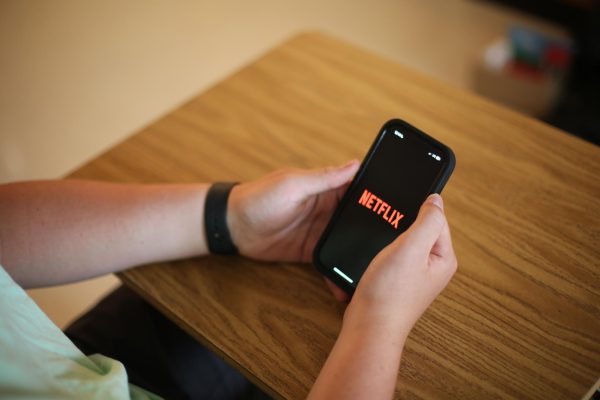Football Funding Is Fair
November 20, 2016
The football team receives more attention, not more money. Increased attention facilitates the pressure to build a better program. A better program requires better coaches, workout and game equipment, all of which costs a lot of money. The athletic department is not the providing that money, instead the team is self funded. Parents have worked extremely hard in terms of raising funds in order to benefit the team,
While the football team may seem to be receiving many new uniforms, spirit packs, and camps, it does not come from the school, but rather from team fundraising.
“The only real funding that we provide the teams with would be the jerseys. The teams have to do their own fundraising in order to get more stuff,” said Athletic Director Paige Owens. “Some teams don’t need a lot of money every year, the only thing basketball received last year were their new jerseys and two basketballs.”
A large expense that the athletic department pays for is the cost of the football team’s helmets. However, this expense is not intended to make the team look nice, but is a safety precaution. The helmets must be reconditioned each year to adequately protect players. The boys’ lacrosse team also receives reconditioned helmets annually.
A high school varsity football team has on average 44 to 55 players, and every single player is required to have a jersey, pads, and a helmet. This adds up to a significant amount of money. No other sports team in the school has such a high demand for workout equipment and gear. In comparison, golf has seven members on the team, so logically they would not require as much funding as football or other larger teams.
Pam Dunn, the mother of two varsity football players Malik and Jonathan Dunn, has been highly involved in the fundraising process over the past three years.
“When my brothers were in high school, the spirit packs were free, but now, parents have to pay $225 for each one..I’ve got two boys playing varsity so that’s a lot of money we spend on their stuff.” Dunn said, “I’ve been helping the team sell their wildcat cards… I sold $60 worth just today.”
Another misconception is that the ticket sales for football games directly benefit the team.
“[With] all of our ticket gate money… we take care of three things,” said Owens, “One is uniforms, any necessary equipment [teams] have to have, and non-revenue sports, sports we don’t make any money on.”
Ticket sales are distributed among the entire department of athletics rather than one team. Although football has been struggling, it has one of the largest fan base of all RCHS sports.
The football team’s efforts have not gotten them to their end goal yet. As parents still find themselves paying for a large portion of team apparel, it will be interesting to see if their success in raising money will transfer into success on the field.
















